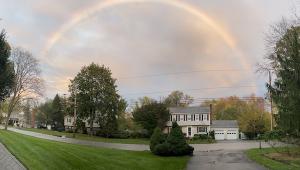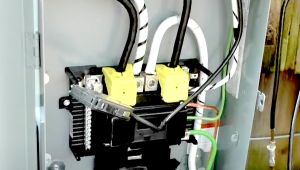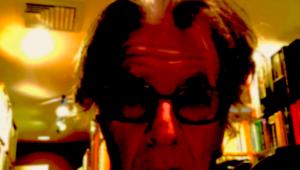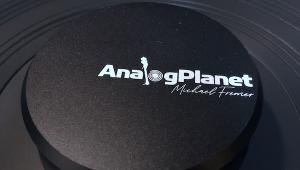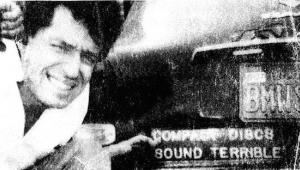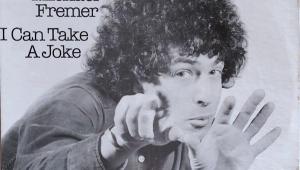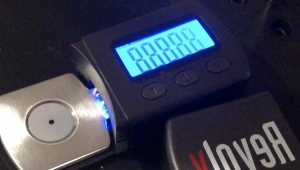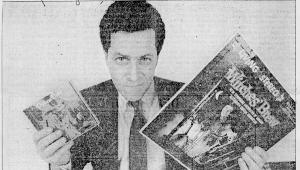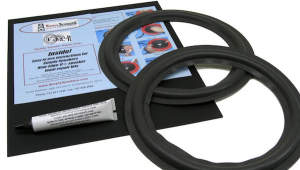AAA LPs Vs. 96/24 AAD LPs: What Can We Hear?
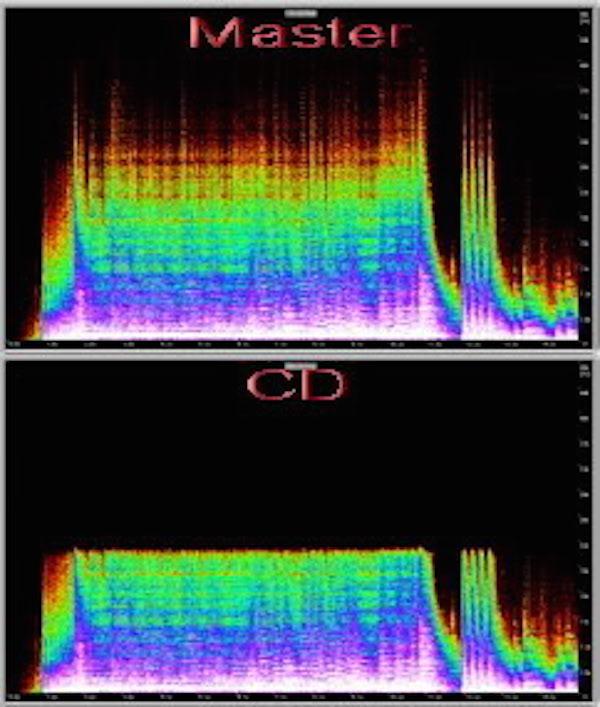
He is skeptical but the truth is, many of the tapes from that era, particularly Ampex 456, shed oxide and ooze binder and even after baking many are unplayable. It's very sad but also very true. In the case of the Queen tapes, if they can get one pass to transfer at 96/24 you can ask, why not use those files to take notes on how to master to lacquer, and then at least try to use the tapes one more time?
It's a good question, right? However, these are not our decisions to make. Our decision is whether or not to buy records cut from digital files.
The question in need of answering is just how much do you lose (if anything) cutting from high resolution files rather than from tape? So here's what I'm proposing we (I) try to do, but with you (and I) funding it:
I get a label (large or small, doesn't matter) to allow the use of one of its analog master tapes in good condition for the following experiment. The tape gets cut to lacquer to produce an AAA master. The tape gets transferred to 96/24 PCM using the best available converter (or alternatively some of it at 96/24 and some of it at DSD or double DSD or quad DSD or whatever).
Then the two lacquers get plated and pressed on a single LP: one side AAA and one side AAD, but which is which is not identified and you have to vote on this website, for which is which (assuming it's not so laughably obvious that there's no point in a vote).
I will get a price for two lacquer cuts and processing, plus plating and pressing. This could be at RTI or at QRP or wherever. To save money the record will come in a plain white jacket with plain white labels.
If the response here is strong, I'll begin looking for a good tape that can be used without paying heavy or at all for the royalties and once the costs have been totaled, start the Kickstarter project.
Who's in? And who's out? (The photo is just for "fun" since a 96/24 file does not quite look like that).

